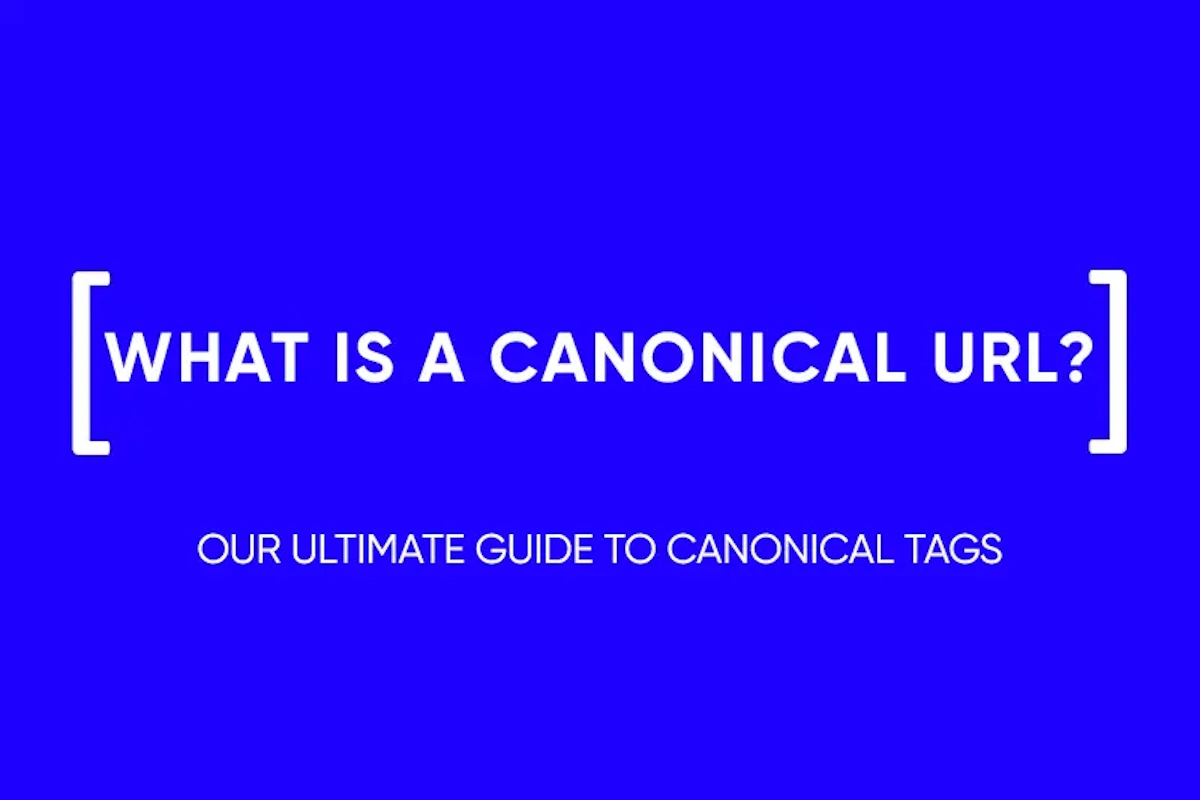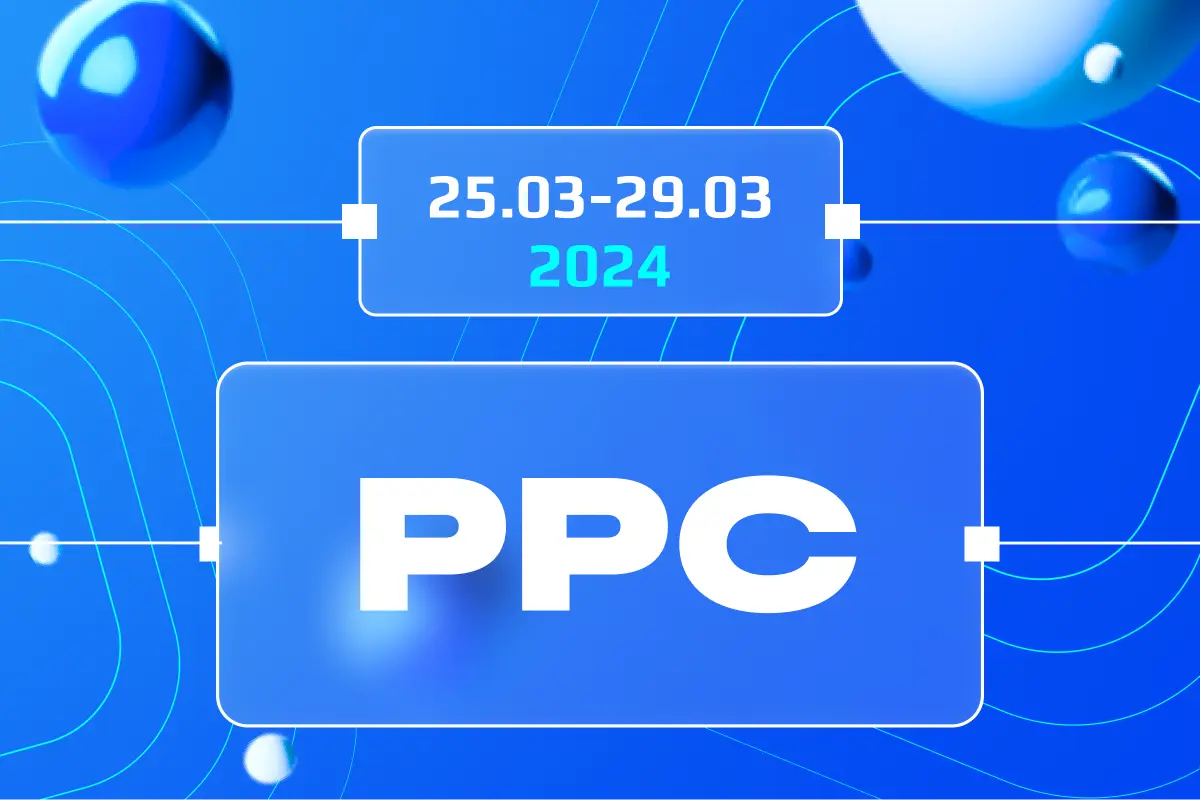Developing a Content Marketing Strategy
Through sharing relevant articles, videos, podcasts, and other media, companies can elevate their brand and achieve their goals. But where do you start? This comprehensive guide will walk you through the process, offering a strategic framework for planning, building, and managing your content.
What is a content strategy?
Content strategy refers to the planning, development, and management of content—written or in other formats. It’s the blueprint that guides your marketing efforts, helping you build a relationship with your target audience. When you set out to create a content strategy, you’re essentially mapping out how to most effectively use content to solve problems, answer questions, and meet the needs of your audience.
Having a strategic plan in place makes sure that you are not just creating content, but creating content that matters to your audience, aligning with your brand’s goals and values.
Why you need a content marketing strategy
In a world inundated with information, having a content marketing strategy is no longer optional—it’s a necessity. Businesses without a strategy risk developing content in a vacuum, disconnected from their target audience’s needs and preferences.
A well-planned content strategy helps you achieve the following:
Reach Your Target Audience: By researching and identifying your audience’s needs, you can tailor your content to attract and engage them.
Boost Brand Recognition: Consistent, high-quality content establishes your brand as an authority in your industry, making you the go-to resource for valuable information.
Drive Revenue: Strategic content planning aims to move your audience along the buyer’s journey, ultimately converting them into loyal customers.
Optimize for Search Engines: A focus on SEO in your strategy ensures that your content is discoverable by your audience, increasing traffic to your site.
Measure and Refine: Developing a content strategy allows for a systematic approach to measuring performance, helping you tweak your strategies as you go along to achieve your goals.
What is included in a content strategy?
When it comes to developing a content strategy, certain key elements are crucial:
- Objective Setting: Define the goals you wish to achieve, whether it’s increasing website traffic, enhancing brand awareness, or boosting sales.
- Audience Analysis: Research your target audience, identifying their needs, preferences, and pain points.
- Content Inventory: Conduct a content audit to see what you already have and what gaps need to be filled.
- Channel Identification: Decide on the platforms where you will publish your content, whether it’s your blog, social media channels, or other platforms.
- Tone and Style: Establish the tone and style that resonate with your brand and audience.
- Content Calendar: Plan when and how often to publish, ensuring a regular cadence.
- Performance Metrics: Decide how you will measure the effectiveness of your content.
Each of these elements plays a critical role in building a comprehensive content strategy.
Types of Content to Consider in Your Strategy
In the realm of content creation, variety is key. Here are some types of content you should consider including in your strategic planning:
- Blog Posts: Blog posts are the cornerstone of many content strategies. They are versatile and can cover a variety of topics, providing value to your audience. For those interested in expanding their blog post strategies further, we have an article on How to Promote Affiliate Links.
- Ebooks: Ebooks are excellent for delving deeper into topics that require more than a blog post to explore fully. They are also valuable lead magnets.
- Case Studies: Real-life examples and testimonials provide social proof, enhancing your brand’s credibility.
- Templates: Offering templates can solve specific problems for your audience, making your site a go-to resource.
- Infographics: These graphical elements can distill complex information into easy-to-understand visuals.
- SEO: Search engine optimization is critical for the success of your content strategy. If you’re new to SEO or looking to upskill, consider reading our comprehensive guide on SEO Training Courses.
- Videos: Videos can be more engaging than text and are particularly effective for tutorials, product demonstrations, and interviews.
- Podcasts: An excellent medium for in-depth discussions and an engaging way to present your material.
- Social Media Posts: Short, compelling posts that can be easily shared, increasing your brand’s reach.
- Webinars: Live online sessions can help you engage your audience in real-time, allowing for interactive Q&As.
How to Create a Content Strategy Framework

Creating a well-structured content strategy framework involves several steps. Here’s how to go about it:
1. Define Your Goal
Before diving into content creation, it’s crucial to set achievable goals. Are you looking to increase brand awareness, drive more website traffic, or perhaps improve lead generation? Knowing your objectives is the first step in developing a content strategy.
For more advanced techniques on how to effectively set and achieve business objectives, you can read our article on CPA Marketing.
2. Define Your Audience
Identify the key characteristics of your target audience. Understanding your audience’s demographics, preferences, and pain points will inform the kind of content you produce. For more on how to identify and target the right audiences, you can refer to our article on Traffic Sources for Affiliate Marketing.
3. Run a Content Audit
An audit will help you take stock of existing content, identify gaps, and understand what has or hasn’t worked in the past.
4. Learn from Your Competitors
Research what your competitors are doing. This can provide valuable insights into what resonates with your shared audience and help you develop a unique angle.
5. Choose a Content Management System
Having a reliable CMS in place will make the process of publishing and managing your content significantly easier.
6. Determine Which Type of Content You Want to Create
Based on your goals and audience research, decide on the formats that will be most effective.
7. Brainstorm Content Ideas
Gather your team to brainstorm ideas for content topics, keeping in mind the need to offer value to your audience.
8. Set a Budget
Determine the resources you’ll need to create your content. This could include freelance writers, graphic designers, and tools for analytics.
9. Determine Content Type and Cadence
Decide how frequently you’ll publish content, and on which platforms. Make sure this fits within your budget and resource constraints.
10. Decide How You Will Measure Results
Set KPIs based on your goals, so you can track the effectiveness of your content strategy.

Questions to Ask When Creating a Content Strategy
Before diving headlong into content creation, consider asking yourself or your team the following questions:
1. Who Will Be Reading Your Content?
Understanding your audience is the cornerstone of an effective content strategy. Who are they? What are their interests, demographics, and behaviors?
2. What Problem Will You Be Solving for Your Audience(s)?
Every piece of content should aim to solve a specific problem or meet a need for your audience.
3. What Makes You Unique?
Identify your unique selling proposition (USP). This is what sets you apart from competitors and attracts your target audience.
4. What Content Formats Will You Focus On?
Whether it’s blog posts, videos, or podcasts, decide on the formats that will most effectively convey your messages.
5. What Channels Will You Publish On?
Determine which digital channels are most effective for reaching your target audience. These could include your own website, social media platforms, and even third-party websites.
6. How Will You Manage Content Creation and Publication?
Having a content calendar and a clear set of responsibilities among team members can help streamline the process.
Content Strategy or Content Tactics?
The terms ‘strategy’ and ‘tactics’ are often used interchangeably, but they are not the same. Strategy refers to the overarching plan or framework, while tactics are the specific actions or methods used to achieve the goals of the strategy.
1. Blog Posts
A mainstay in the world of content, blogs are a versatile medium that can be used to inform, entertain, and engage your audience.
2. Ebooks
Great for in-depth exploration of topics and serve as a valuable resource for your audience. They also work well as lead magnets.
3. Case Studies
Excellent for sharing customer success stories, offering real-world evidence of the benefits your product or service provides.
4. Templates
Provide templates to help solve specific challenges your audience faces, adding value and utility to your content offerings.
5. Infographics
Perfect for distilling complex information into easily digestible visual representations.
6. Videos
Engage your audience in a more dynamic way, especially useful for demonstrations or visual storytelling.
7. Podcasts
Offer a convenient way for your audience to consume content and can establish you as an industry thought leader.
8. Social Media
A channel that allows you to interact directly with your audience, social media should be used to distribute content and engage users.
Each of these strategies and tactics should be adjusted and tailored to suit the specific needs and goals of your business. Planning, building, and executing an effective content strategy requires thoughtful consideration of many elements, but the rewards—increased engagement, more leads, higher customer retention—can be substantial.
Main Points
Summing Up the Strategy Development Process
To sum it up, creating a content marketing strategy is a multi-step process that involves planning, development, and execution. We’ve covered the importance of defining your goals, understanding your target audience, conducting research, and selecting the appropriate tactics and channels for content distribution.
Achieve Your Business Goals
By following these steps and strategies, you’re setting up your business to achieve its objectives effectively. A well-executed content strategy can attract, engage, and retain a high-quality audience, thereby fulfilling your business goals.
Continuous Improvement
It’s essential to continually analyze your content’s performance. Use metrics and analytics to refine your strategies and tactics. In this digital age, trends can change swiftly, so your strategy should be agile enough to adapt.
and stay up-to-date with the latest news about our platform and affiliate marketing.




